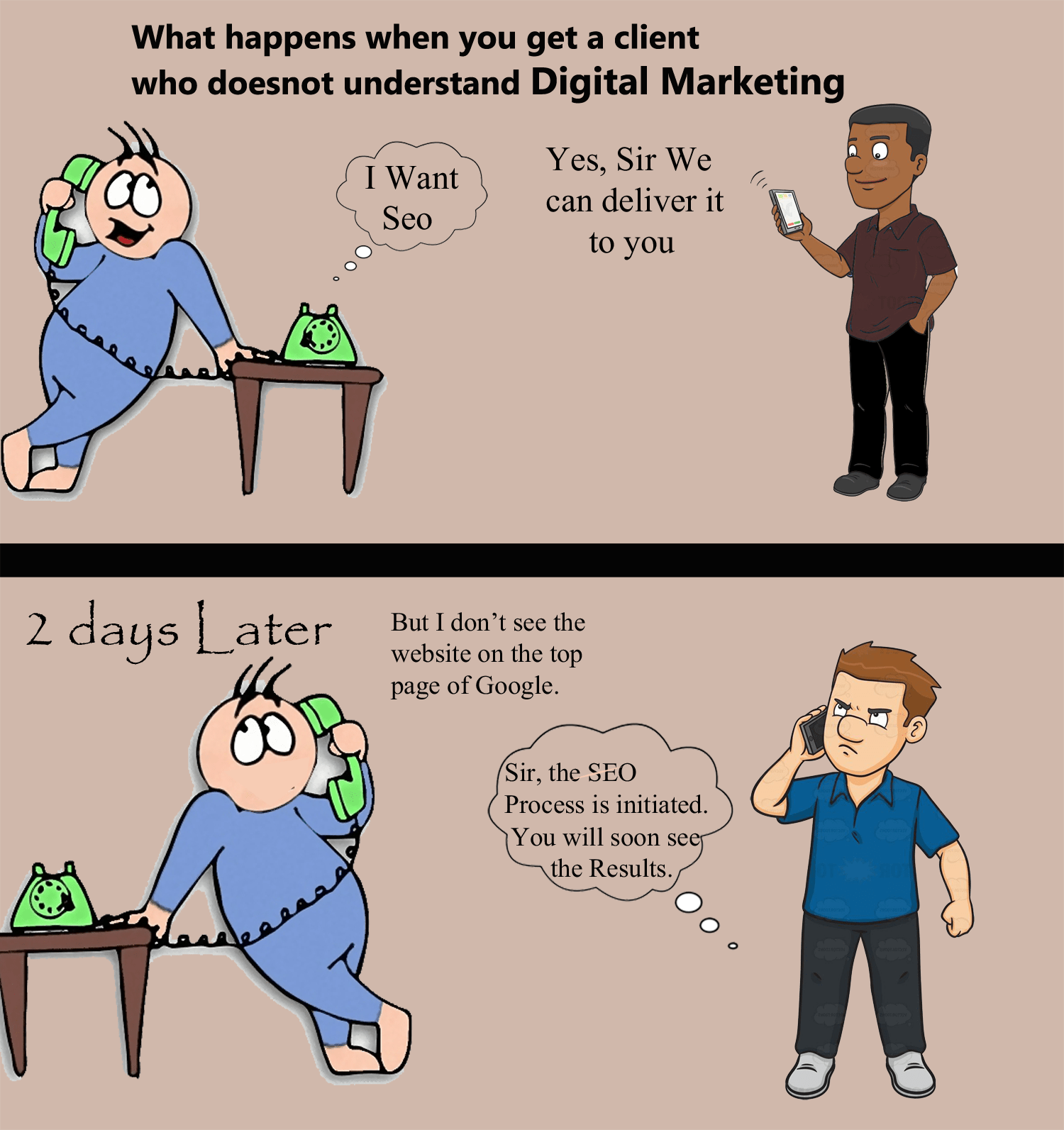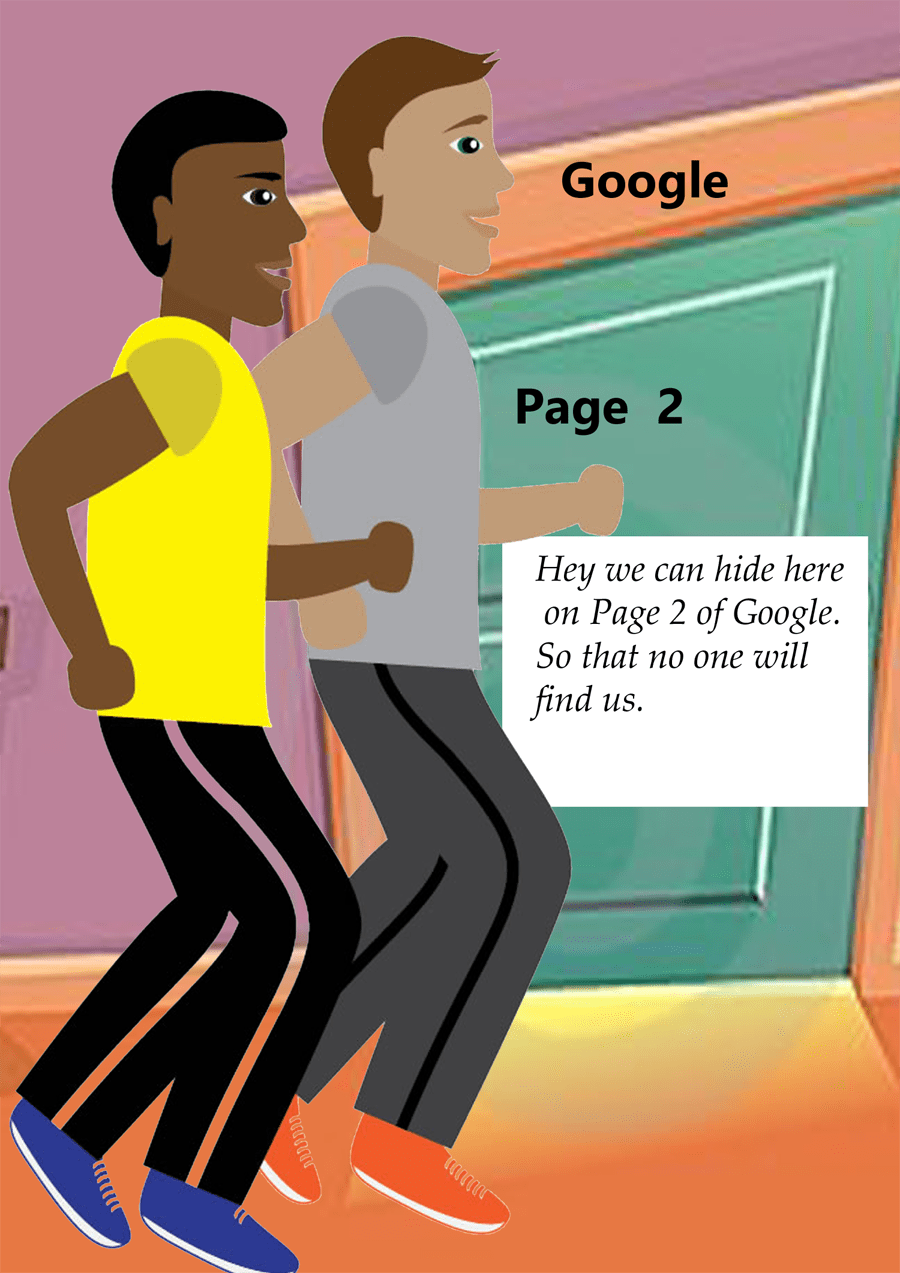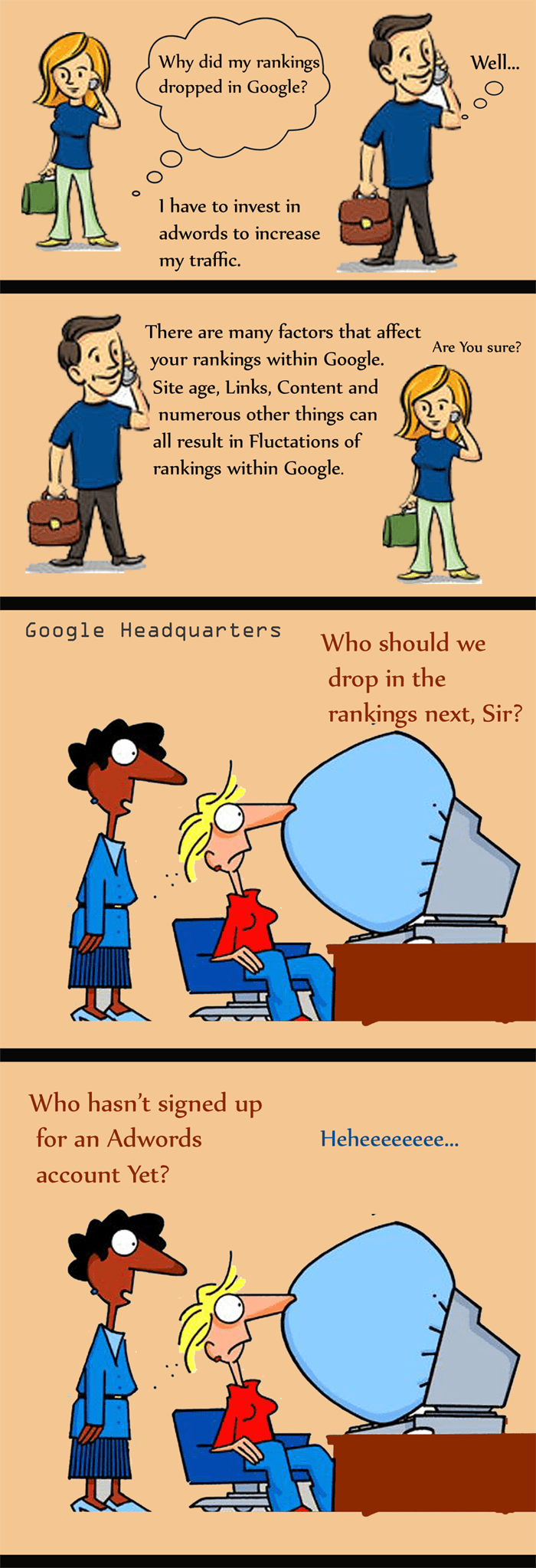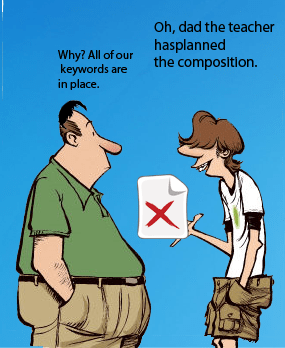SEO
Google to explore alternatives to robots.txt in wake of generative AI and other emerging technologies
Google had been considering alternatives to the traditional robots.txt protocol in response to evolving technologies and challenges, including generative AI and their impact on web crawling and indexing. Here are some key points regarding this development:
1. Generative AI Challenges: Generative AI, which can create web content, poses challenges for webmasters and search engines. Traditional robots.txt rules may not effectively control access to such content because AI-generated pages may not follow the rules as expected.
2. Need for Improved Control: Webmasters and website owners require more effective ways to control access to their content and specify which parts of their websites should be crawled or indexed.
3. Ongoing Discussions: Google has been actively engaging with the web community, including webmasters and developers, to explore potential alternatives to robots.txt. They have sought input on new standards that can address the challenges posed by emerging technologies.
4. Transparency and Consistency: Any alternative to robots.txt should prioritize transparency, allowing webmasters to communicate their preferences to search engines while also ensuring consistency and clarity in how rules are interpreted and implemented.
5. W3C Involvement: Google’s discussions on alternatives to robots.txt have involved collaboration with the World Wide Web Consortium (W3C), a global community that develops web standards. This collaboration aims to establish industry-wide solutions.
6. Stay Informed: Given the evolving nature of technology and web standards, it’s essential for webmasters, SEO professionals, and website owners to stay informed about updates and changes related to robots.txt and alternative mechanisms for controlling access to web content.
Please note that developments related to robots.txt and alternatives may have occurred since my last update in September 2021. To get the most current information on this topic, I recommend checking Google’s official announcements and webmaster resources, as well as monitoring industry discussions and updates from organizations like the W3C.
JavaScript Indexing Delays Are Still an Issue for Google
In the dynamic landscape of web development, JavaScript plays a crucial role in creating interactive and feature-rich websites. However, its usage has posed challenges for search engines like Google when it comes to indexing and ranking web pages. JavaScript indexing delays have been a persistent concern for website owners and SEO professionals. This essay delves into the complexities of JavaScript indexing, highlights the underlying issues causing delays, and examines Google’s continuous efforts to overcome these challenges.
The Role of JavaScript in Web Development
JavaScript is a versatile programming language that enables developers to build interactive elements, dynamic content, and modern user interfaces on websites. Its capabilities have transformed the web from static pages to dynamic, application-like experiences. Modern web applications often rely heavily on JavaScript frameworks and libraries, allowing content to be generated, modified, and presented dynamically based on user interactions. This shift, while enhancing user experience, has introduced complexities for search engines that primarily rely on HTML for indexing.
Challenges in JavaScript Indexing
Search engines traditionally rely on crawling HTML content to understand the structure and relevance of web pages. However, JavaScript-generated content poses challenges due to its asynchronous execution and client-side rendering. Some of the key challenges include:
1. Delayed Rendering: JavaScript-generated content often requires the browser to execute scripts to render the final content. This can lead to indexing delays as search engine crawlers need to wait for the rendering process to complete before capturing the content.
2. Single Page Applications (SPAs): SPAs are built entirely using JavaScript frameworks, dynamically loading content as users navigate the site. This can cause indexing delays as search engines may struggle to crawl and index individual sections of the page.
3. Dynamic Data Fetching: JavaScript is commonly used to fetch data from APIs and databases. This dynamic data may not be readily available during the initial crawl, leading to incomplete or outdated indexing.
4. Resource-Intensive Frameworks: Some JavaScript frameworks and libraries are resource-intensive and can slow down rendering, affecting indexing speed.
Google’s Journey to JavaScript Indexing
Google, being the dominant search engine, recognized the importance of accurately indexing JavaScript-powered websites. The journey to address JavaScript indexing challenges can be summarized in three phases:
1. Limited Understanding (Early Days): In the early stages, Google’s ability to understand JavaScript-generated content was limited. JavaScript-driven content was often ignored or inadequately indexed, resulting in poor search visibility for websites.
2. Introduction of Rendering (Mid-2010s): Realizing the significance of JavaScript, Google introduced rendering, where Googlebot would execute JavaScript to view the final content as users do. This marked a significant improvement in indexing JavaScript-generated content, reducing delays.
3. Continuous Improvements (Present): Google has continued to refine its rendering capabilities and algorithms to better handle JavaScript content. This includes improved understanding of asynchronous content loading, handling SPAs, and optimizing indexing efficiency.
Ongoing Challenges and Solutions
Despite Google’s advancements in JavaScript indexing, challenges persist. Several factors contribute to ongoing delays:
1. Crawl Budget: Google allocates a limited time for crawling each website. JavaScript-intensive websites may have their content partially indexed due to time constraints.
2. Dynamic Data: Content fetched via JavaScript from external sources might not be available during initial indexing. Google has recommended using server-side rendering (SSR) to address this issue.
3. Mobile-First Indexing: Google has shifted to mobile-first indexing, prioritizing the mobile version of websites. This introduces additional challenges for indexing JavaScript content on mobile devices.
Best Practices for JavaScript SEO
Website owners and developers can adopt best practices to mitigate JavaScript indexing delays and ensure optimal SEO performance:
1. Use Progressive Enhancement: Implement core content using standard HTML to ensure that essential information is accessible even without JavaScript.
2. Server-Side Rendering (SSR): Consider using SSR techniques to pre-render content on the server, ensuring search engines can access the complete content during indexing.
3. Canonical URLs: Ensure that canonical URLs are correctly specified for JavaScript-generated content to prevent duplicate content issues.
4. Structured Data Markup: Implement structured data using JSON-LD or other formats to enhance search engines’ understanding of the content.
5. Optimize Performance: Minimize resource-intensive JavaScript libraries and optimize performance to facilitate faster rendering during indexing.
JavaScript indexing delays remain a challenge for Google and other search engines due to the dynamic and asynchronous nature of JavaScript-powered content. However, Google’s persistent efforts to improve rendering capabilities have significantly mitigated these challenges. Website owners and developers play a crucial role in optimizing their websites for search engines by following best practices that ensure timely and accurate indexing of JavaScript-generated content. As the web continues to evolve, collaboration between search engines and web developers will be vital to maintaining a balance between dynamic user experiences and effective SEO practices.
Google Ads Photo Guidelines Now Faster Reviews & More Creative
Google Local Service Ads play a vital role in connecting businesses with local customers. Recent updates to the platform’s photo guidelines have brought about improvements that impact reviews, creativity, and overall efficiency. This essay aims to explore these updates and their implications for businesses, customers, and the local service ecosystem.
Google Local Service Ads: A Brief Overview
1. Connecting Local Businesses: Google Local Service Ads enable local businesses to reach potential customers through targeted ads displayed in search results.
2. Service Verification: Google verifies businesses to ensure they provide high-quality services and meet customer expectations.
Recent Photo Guideline Updates
1. Enhancing Visual Content: The updates aim to improve the visual representation of businesses’ services, fostering better communication with potential customers.
2. Faster Reviews: These updates also expedite the review process by encouraging businesses to upload relevant photos that showcase their services.
Implications for Businesses
1. Improved Credibility: High-quality photos increase the credibility of businesses, allowing customers to visualize the offered services and facilities.
2. Customer Engagement: Engaging photos provide potential customers with a glimpse of what to expect, enticing them to choose a particular business.
3. Enhanced Conversion: Eye-catching visuals can lead to higher click-through rates, driving more conversions for businesses.
Benefits for Customers
1. Informed Decisions: High-quality images help customers make informed decisions about the services they are seeking.
2. Visual Transparency: Visual representations of businesses’ offerings promote transparency and help customers avoid surprises.
3. Streamlined Selection: With a clearer understanding of services, customers can quickly narrow down their choices.
Promoting Creativity and Uniqueness
1. Showcasing Uniqueness: Businesses can use images to highlight their unique selling points and stand out from the competition.
2. Enhancing Brand Identity: Creative visuals contribute to building a strong brand identity, which resonates with customers.
Accelerated Review Process
1. Quick Visual Feedback: With relevant photos, customers can quickly assess a business’s suitability, expediting the decision-making process.
2. Review Authenticity: Authentic photos enhance the reliability of reviews, as customers can visualize the experiences of others.
Best Practices for Businesses
1. High-Quality Images: Clear and high-resolution photos offer the best representation of services.
2. Variety: Businesses should include a variety of images that capture different aspects of their services.
3. Relevance: Photos should accurately depict the business’s offerings and facilities.
The recent updates to Google Local Service Ads’ photo guidelines mark a significant step forward in enhancing the user experience for both businesses and customers. These updates not only improve the efficiency of the review process but also allow businesses to showcase their offerings more creatively and authentically. Through the power of visuals, local businesses can engage customers, build trust, and drive conversions. As the digital landscape continues to evolve, these updates stand as a testament to Google’s commitment to fostering meaningful connections between local businesses and their customers.
SEO Funny Cartoon Comics -latest trends of 2016
Search Engine Optimization (SEO) is arguably the most cost-effective digital marketing technique, but also the most challenging to get right.
The First very Organic Result on the First Search Engine Result Page sees about 32.5%of Overall Search Traffic in terms of clicks. The Second domain sees 17.6% while the 7th only sees 3.5%
Google PageRank (Google PR) is one of the methods Google uses to determine a page’s relevance or importance. Important pages receive a higher PageRank and are more likely to appear at the top of the search results. Google PageRank (PR) is a measure from 0 – 10. Google Page rank is based on back links
Web Search Engines and some other sites use Web crawling or spidering software to update their Web Content or indices of others sites’ web content. Web crawlers can copy all the pages they visit for later processing by a search engine which indexes the downloaded pages so the users can search much more efficiently.
A website is a collection of related webpages, including multimedia content, typically identified with a common domain name and published on at least one webserver.
A keyword, in the context of search engine optimization, is a particular word or phrase that describes the contents of a Web page.
Google is used for search of information about (someone or something) on the Internet using the search engine Google.
Are embedded links in widgets ethical?
Google and other search engines have always stressed for people to get only natural links. The whole link based algorithm depends a lot on natural links. Scientists wrote link based algorithm because links are natural and more reliable. Talking about widget embedded links this has been in debate for a long time. Search engines always have mixed opinion on this.
Embedding links in widgets has been in existing from the day widgets were introduced. Statcounter.com a world famous tracking company which provides free tracking were PR 10 because of the links embedded in their counter. Seeing this people started this natural usage of links in a commercial way. People started approaching commercial counter companies to embed their links when free counters are distributed in exchange for a payment. Lots of companies got temporary benefit from it but the search engines immediately woke up to the occasion. An SEO company which did this as part of their link building strategy was completed banned from Google’s search engine. Also Google started implementing link based penalties like the -60 penalty for sites that use widgets to embed links. Even we were affected a bit but later recovered. So is this ethical? . In my opinion I feel the user should know that the link is embedded into the widget code as long as they know it its fine. But if the links are embedded without the user’s knowledge then it’s wrong. I feel search engines too have similar view. People should have the ability to embed the link or remove it or make it no-follow. If they can do it I am confident the search engines will accept it whole heartedly.
Blogroll
Categories
- 2013 seo trends
- author rank
- Bing search engine
- blogger
- Fake popularity
- google ads
- Google Adsense
- google fault
- google impact
- google Investigation
- google knowledge
- Google panda
- Google penguin
- Google Plus
- Google webmaster tools
- Hummingbird algorithm
- infographics
- link building
- Mattcutts Video Transcript
- Microsoft
- MSN Live Search
- Negative SEO
- pagerank
- Paid links
- Panda and penguin timeline
- Panda Update
- Panda Update #22
- Panda Update 25
- Panda update releases 2012
- Penguin Update
- Sandbox Tool
- search engines
- SEO
- SEO cartoons comics
- seo predictions
- seo techniques
- SEO tools
- seo updates
- social bookmarking
- Social Media
- SOPA Act
- Spam
- Uncategorized
- Webmaster News
- website
- Yahoo












